Wellington Cathedral of St.Paul presents:
BENJAMIN BRITTEN – Noye’s Fludde – Opera in One Act (based on the 15th-Century Chester “Mystery” Play)
Stage Director: Jacqueline Coats
Musical Director: Michael Stewart
Production Manager: George O’Donnell
Stage Manager: Boo Pantoja-Frost
Stage Hands: April and Cara Tan
Cast: Robert Tucker – Noye
Maaike Christie-Beekman – Mrs Noye
Joshua Jamieson – Voice of God
Alexander Stewart – Sem
William Edgecombe – Ham
Blythe Dennison – Jaffett
Eleanor Stanton – Mrs Sem
Zoe Stewart – Mrs Ham
Fiona Liu – Mrs Jaffett
Gossips – Margaux Astrid Detera, Alice Carter, Varsha Ranganathan.
Mischa Thomson. Shenaya Pieries
Phoebe Cassin – Raven
Ruby Millen-Ingram – Dove
Orchestra: Solo String Quintet: Christine Wang, Emma Barron (violins),
Sophia Acheson (viola), Eleanor Carter (‘cello)
Malcolm Struthers (double-bass)
Piano Duet: Kathryn Mosley, Max Toth
Solo Recorder: Kamala Bain
Principal Trumpet: Mark Carter
Organ: Tom Chatterton
Principal Percussion: Laurence Reese
Handbell Choir of Samuel Marsden Collegiate School (director: Marian Campbell)
Children’s chorus and instrumentalists
Wellington Cathedral of St.Paul,
Molesworth St, Thorndon, Wellington
Friday 17th October 2025
“Delightful in every way” was the unsolicited comment made to me straightaway by a fellow-audience member after we’d finished enthusiastically applauding the efforts of the singers and instrumentalists at Wellington Cathedral of St.Paul earlier this evening in a performance of Benjamin Britten’s one-act opera “Noye’s Fludde”.
My first long-ago encounter with this work “live” was as a performer – as a percussionist in the orchestra in a Palmerston North church – and for me there have been a handful of occasions since, though always as an audience member. One of these took place in the actual heart of Benjamin Britten country, when I attended the Aldeburgh Festival of 1994! – and how disappointing amid all that excitement then, when the festival organisers that year chose for whatever reason not to follow the composer’s directive that Noye’s Fludde be always performed in a church, by staging the opera in the Maltings concert-hall, famed for its acoustic, but as untheatrical a venue as one could get, certainly to the work’s disadvantage!
The much earlier excitement of taking part in that first performance has never left me; but this evening’s most recent encounter had a similar kind of participatory joy which seemed to include everybody , one which has pushed sleep for the moment into the background while I savour once again the sheer, undiluted engagement of it all, singers and players inhabiting and filling up the shared physical spaces with gloriously tangible sounds. And, of course the Cathedral’s generous acoustic responded readily to our own audience efforts vis-à-vis the composer’s directive that we raise our own voices in three of the hymns whose exhortations became part and parcel of the famous story.
Along with the acoustic, the cathedral’s spacious physical surroundings helped define the epic nature of Noye’s and his intrepid companions’ undertaking, via a spectacular backdrop screen depicting aspects of the “Fludde”, adding a truly visceral component to the proceedings, a “window” of the devastation wrought upon the outside world that those in the “shippe” had been spared – Matthew Lawrence’s animations were in places splendidly palpable! Umbrellas and tarpaulins added to the flavour of director Jacqueline Coats’s choreographing of the perils of the voyage, aptly emphasising both the physical stresses and anxieties of the shippe’s company, as did our joining in with the singing of “For Those in Peril on the Sea” throughout the weather’s most threatening moments!
Earlier in the story we had relished the gathering of all the “Beastes” wearing all kinds of masks, and summoned from all different parts of the Cathedral by bugle calls, running up to fill the vessel whilst singing their “Kyrie eleisons” – delightful! Though the venue’s spaciousness told against the clarity of the younger voices’ various solos at times, all fronted up and delivered with committed expressions and gesturings – and we had in our generously-appointed programmes practically all of the words (an inspired touch, and with enough available light for us to be able to read and keep track of the essential message!)
As diverting in a completely different way was the interaction between Noye and his recalcitrant wife, who refused to board the boat despite the entreaties of her family members, preferring the company of her “gossips”, and their fondness for carousing together, a situation solved when the “gossips” were graphically swept away by the floodwaters and the sons manoeuvred their mother on board just in time! Robert Tucker as Noye and Maiike Christie-Beekman as Mrs Noye were each superbly dramatic and sonorous-voiced in conflict, Noye endless pleading, and his wife finally capitulating after delivering a resounding slap to her husband’s face!
Right at the work’s very beginning one’s sensibilities were galvanised, with reverberating orchestral chords magnificently bolstered by the percussion – we ourselves felt almost fearful amid such an onslaught while singing “Lord Jesus think on me”! – one which then led to the voice of God magnificently rolling about the vistas, impressively intoned by Joshua Jamieson (not visible from where I was sitting, but an all-pervading presence), his utterances strongly underpinned by timpanist Larry Reese and his percussive cohorts! Then, at the work’s other end were the manifold beauties of a newly-redeemed world, coloured by memorable orchestral contributions, lump-in-throat delicacies of colour and texture for us to sit and wonder at – and how resonant the characterisations of the two birds sent by Noah to spy out the land! – Phoebe Cassin’s Raven with deliciously slinky ‘cello tones from Eleanor Carter’s ‘cello, and Ruby Millen-Ingram’s dove voiced and danced by Kamala Bain’s dulcet recorder-chirpings, each one supported by Kathryn Mosley’s and Max Toth’s nimble piano-playing.
It all came together with the emergence from the shippe of the intrepid survivors, and the appearance of the rainbow on the screen – the breaking out of repeated “Alleluias” amongst the singers, accompanied by the Samuel Marsden Collegiate Handbell Choir’s instruments, along with those aforementioned redemptive orchestral sounds from the entire company, was simply transformational, as the composer would have intended, the spaces alive with hope for a better world, which, of course couldn’t be more apt in humanity’s presently parlous state around the globe, and to which we were all able to give tongue with our final bugle-accompanied hymn verses.
Special mentions, of course, are due to director Jacqueline Coats for bringing out so effectively and tellingly those essential inclusive elements of the presentation that treated its audience as true participants rather than mere spectators (something I felt manifestly lacking all those years ago at Aldeburgh itself!). And instrumental in the application of these goals was the musical direction of Michael Stewart, both as a kind of affable Master of Ceremonies and as a committed director of the musical and dramatic flow of the presentation. Both of these people brought out what I thought were the most positive aspects of the venue, enabling the work itself to speak well-nigh unimpeded and enhance its relevance for today. Goodness knows our humanity needs such things now as much as it ever did, both for our sustenance and positive continuation.
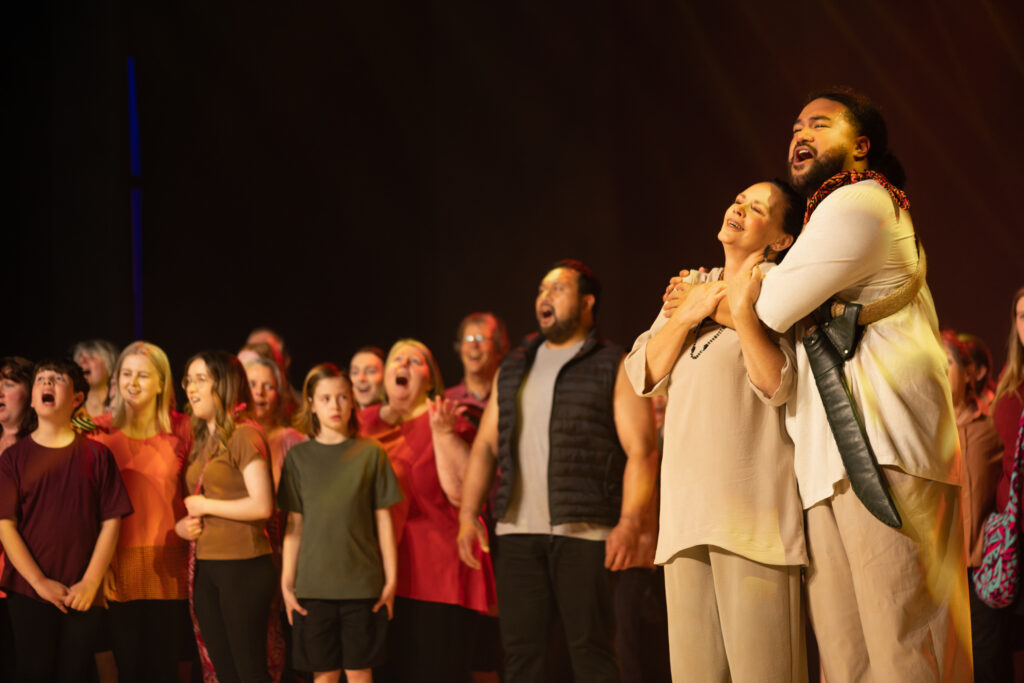 Ipu Laga’aia as Theseus, Sarah Castle as his Mother, and Joel Amosa as Daedalus with some of the community chorus participants – photo, Emma Brittenden
Ipu Laga’aia as Theseus, Sarah Castle as his Mother, and Joel Amosa as Daedalus with some of the community chorus participants – photo, Emma Brittenden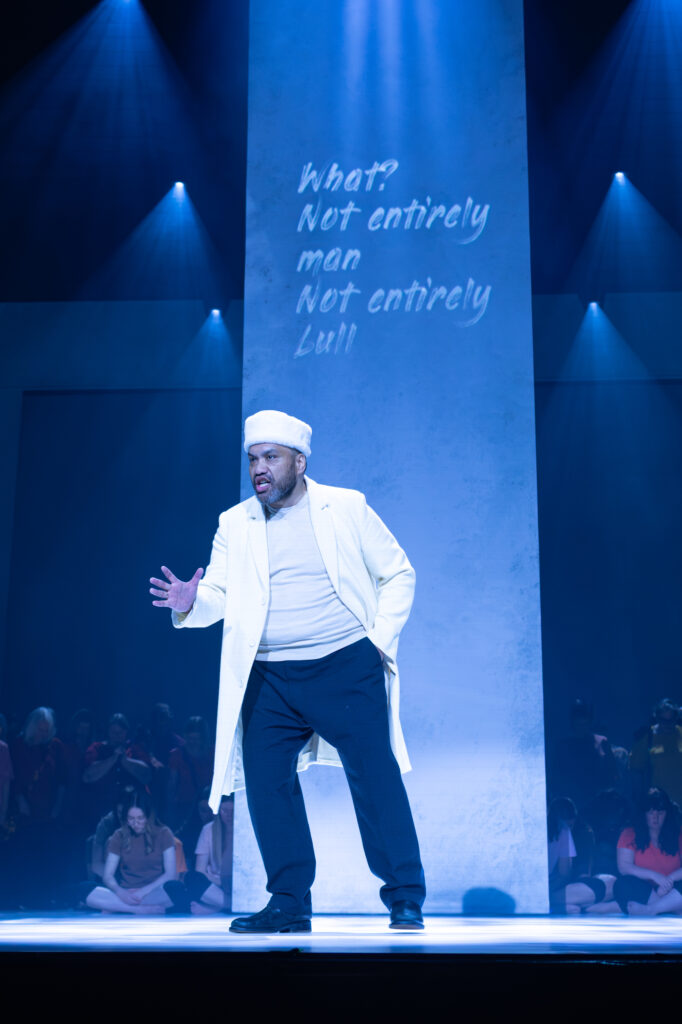 Maaka Pohatu as Minos, King of Crete – photo, Emma Brittenden
Maaka Pohatu as Minos, King of Crete – photo, Emma Brittenden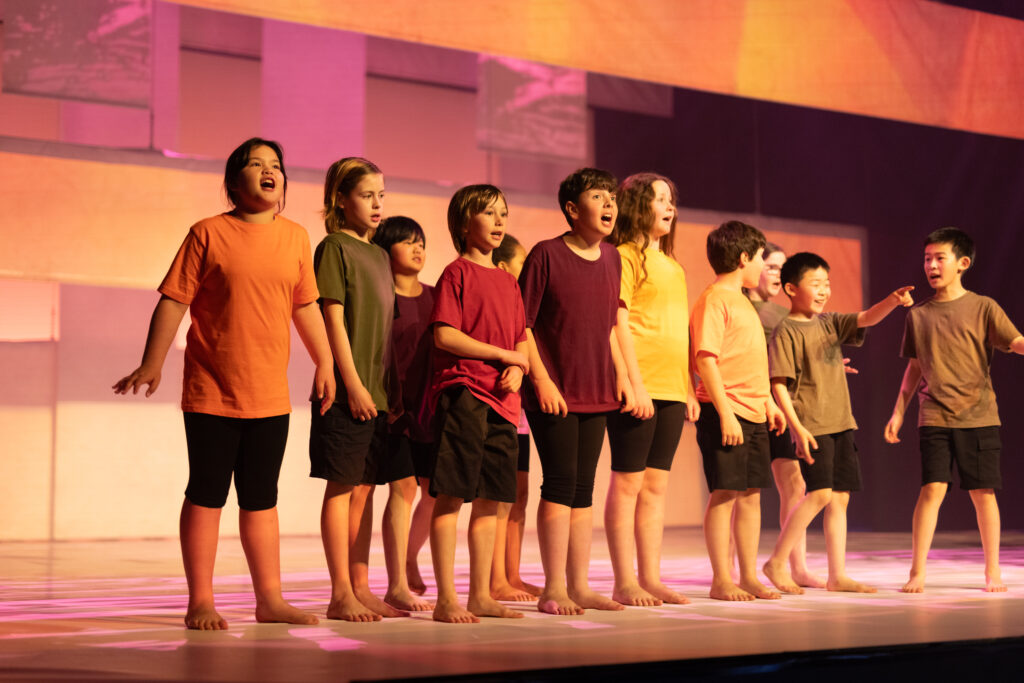 Community chorus participants in “Monster in the Maze” – photo, Emma Brittenden
Community chorus participants in “Monster in the Maze” – photo, Emma Brittenden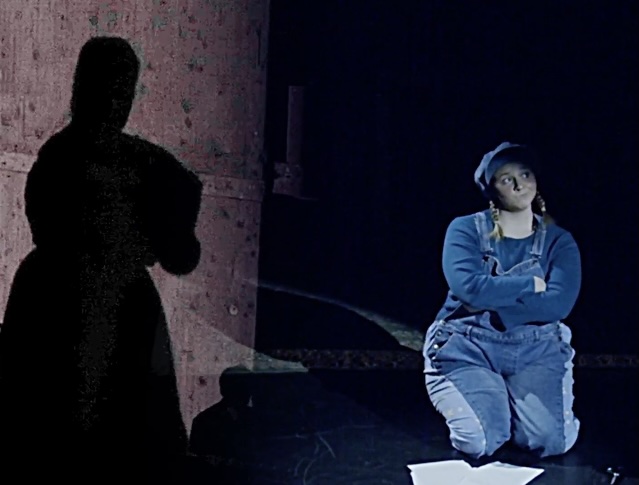
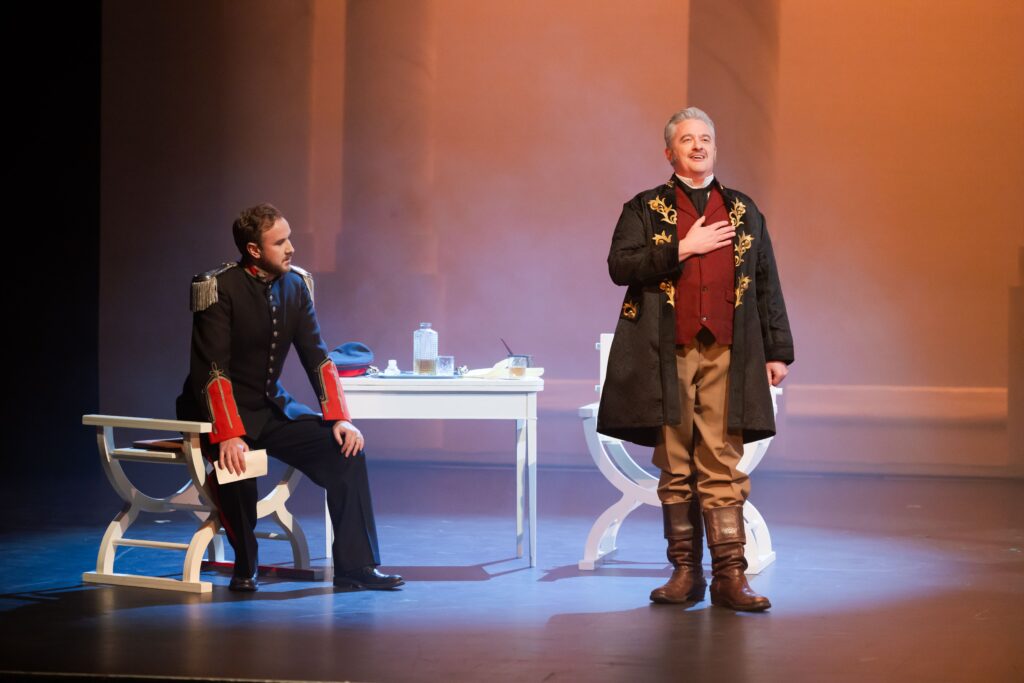 Julien Van Mellearts (Renato) and Jared Holt (King Gustavo)
Julien Van Mellearts (Renato) and Jared Holt (King Gustavo)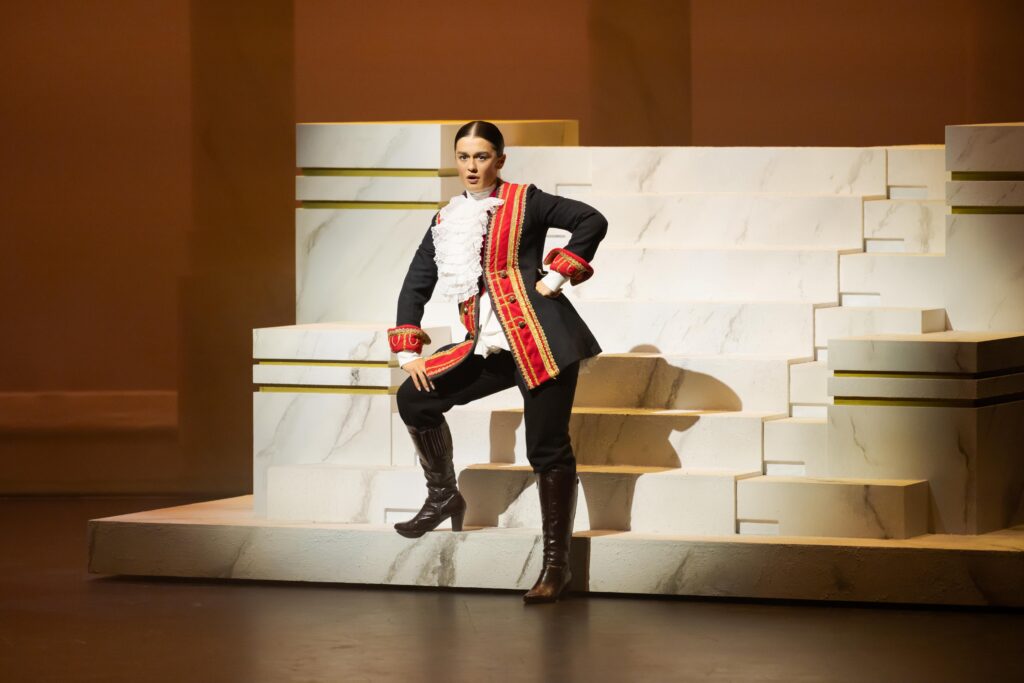 Natasha Te Rupe Wilson (Oscar) – photo, Stephen A’Court
Natasha Te Rupe Wilson (Oscar) – photo, Stephen A’Court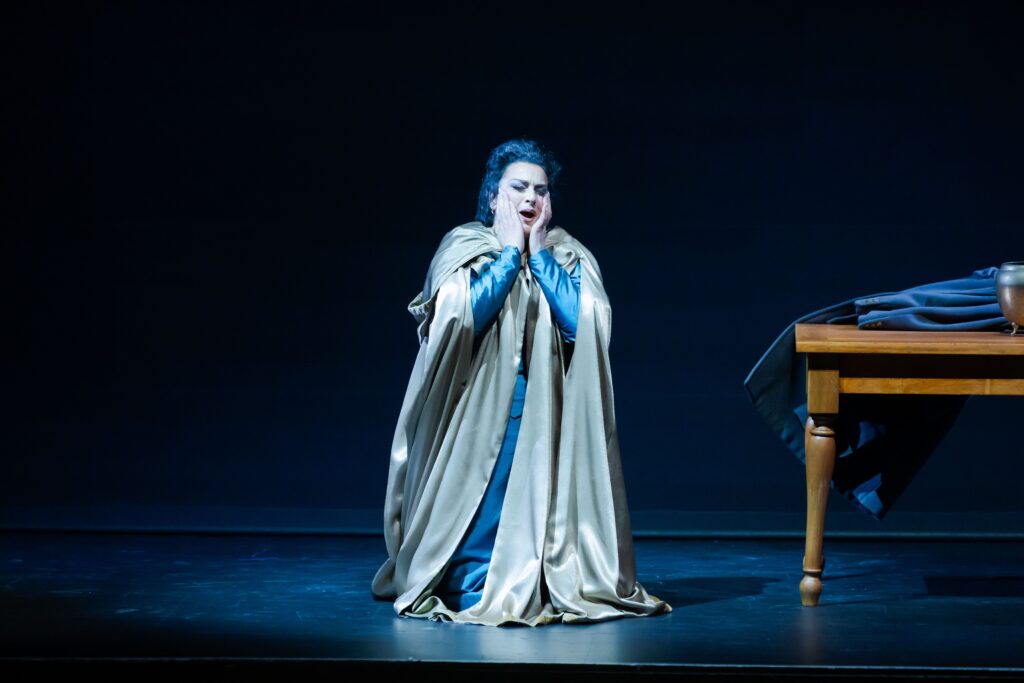 Madeleine Pierard (Amelia) – photo, Stephen A’Court
Madeleine Pierard (Amelia) – photo, Stephen A’Court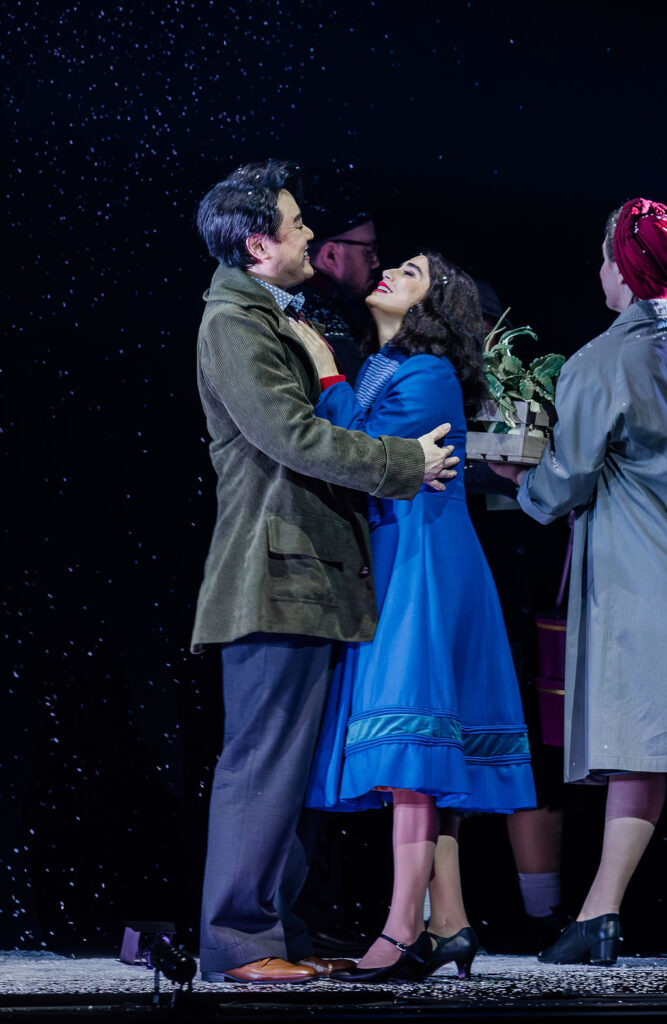
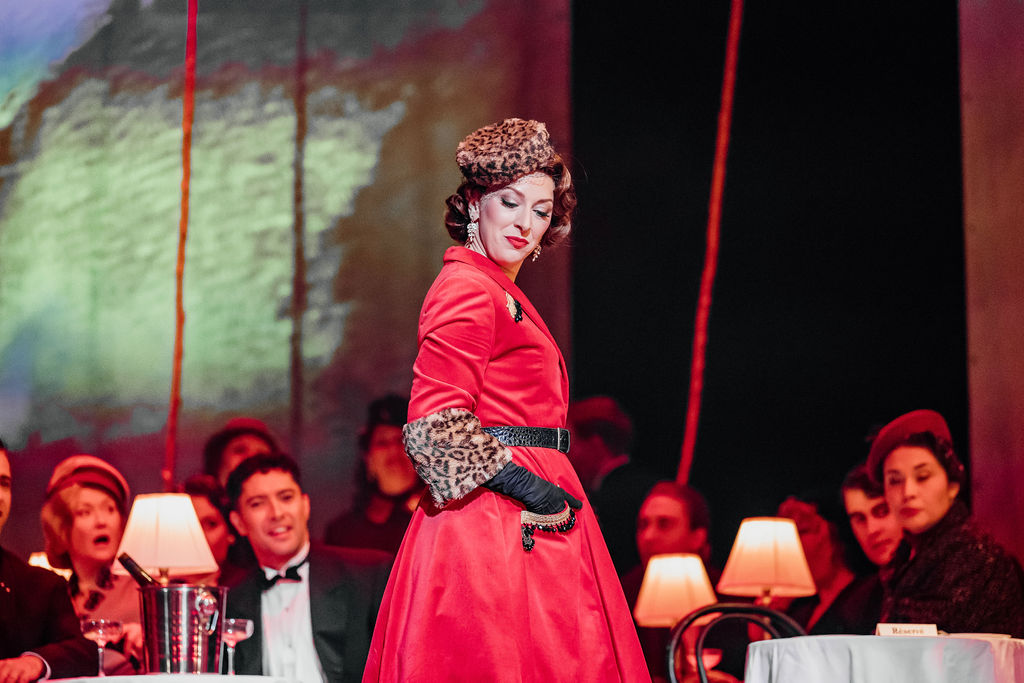 Emma Pearson as Musetta
Emma Pearson as Musetta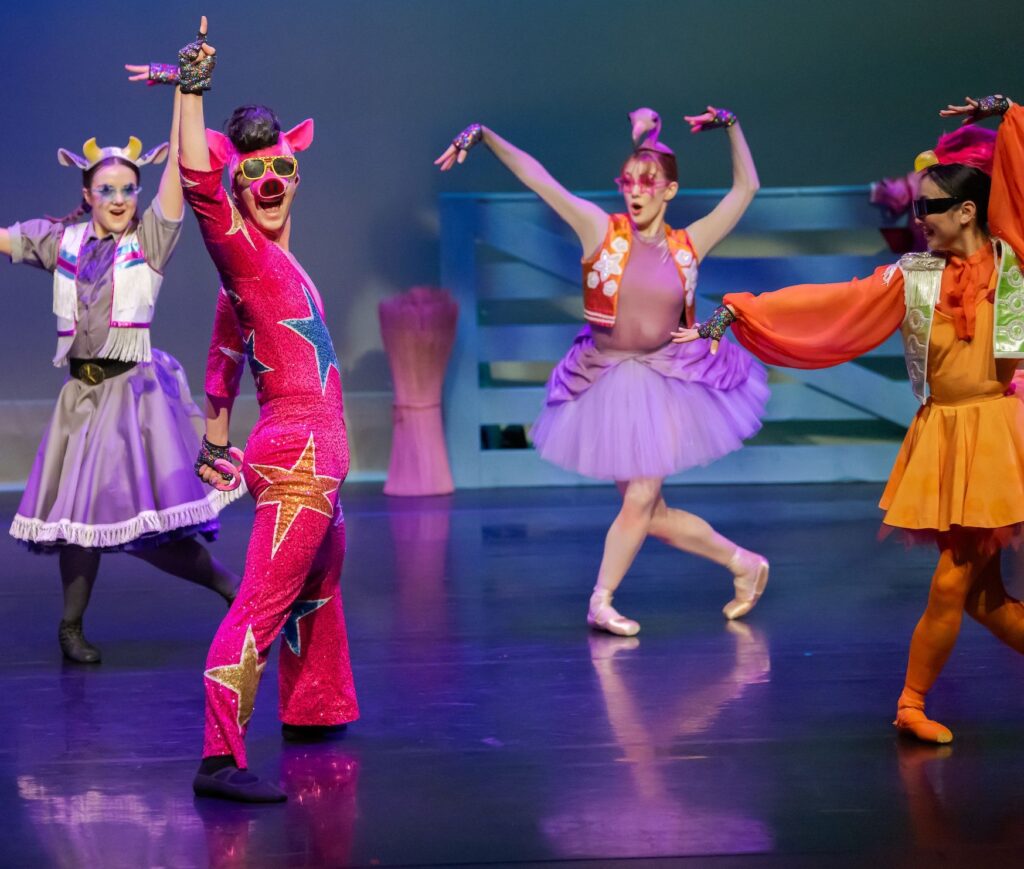
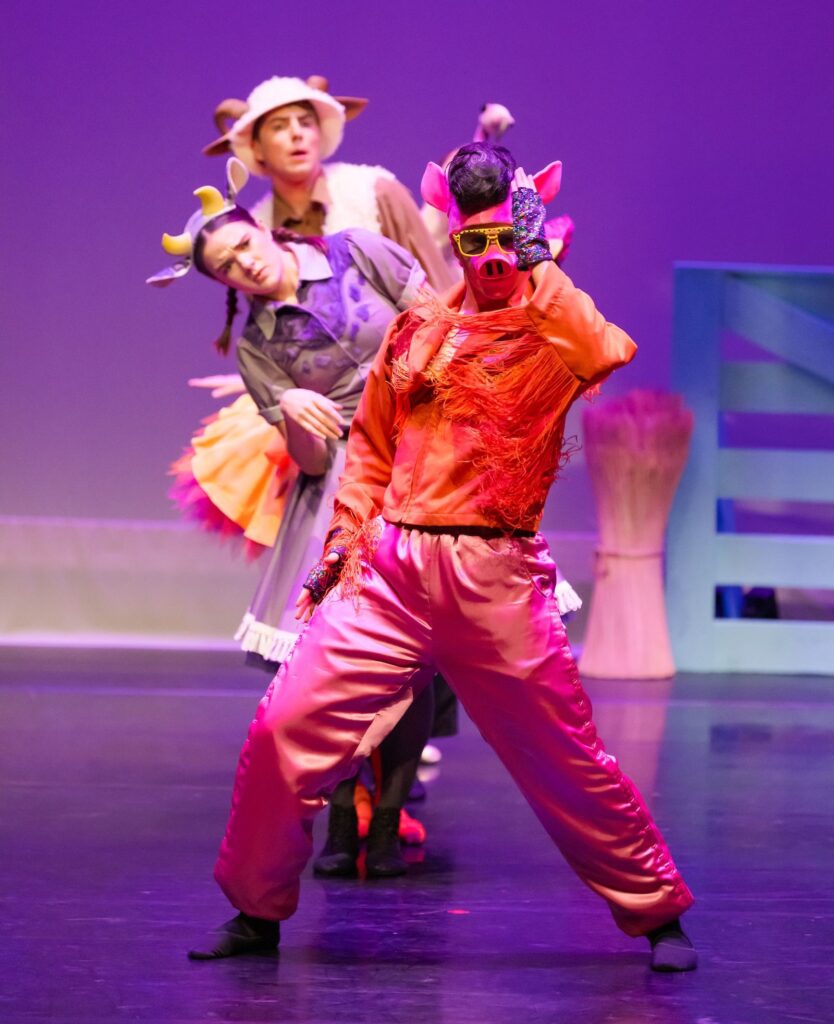
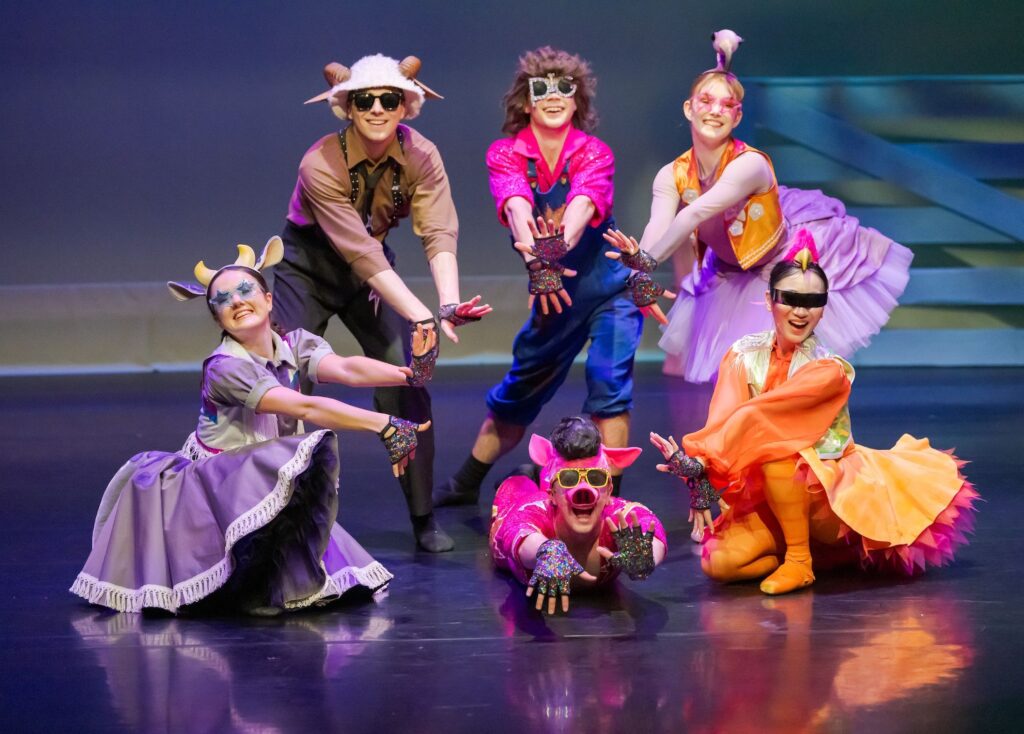

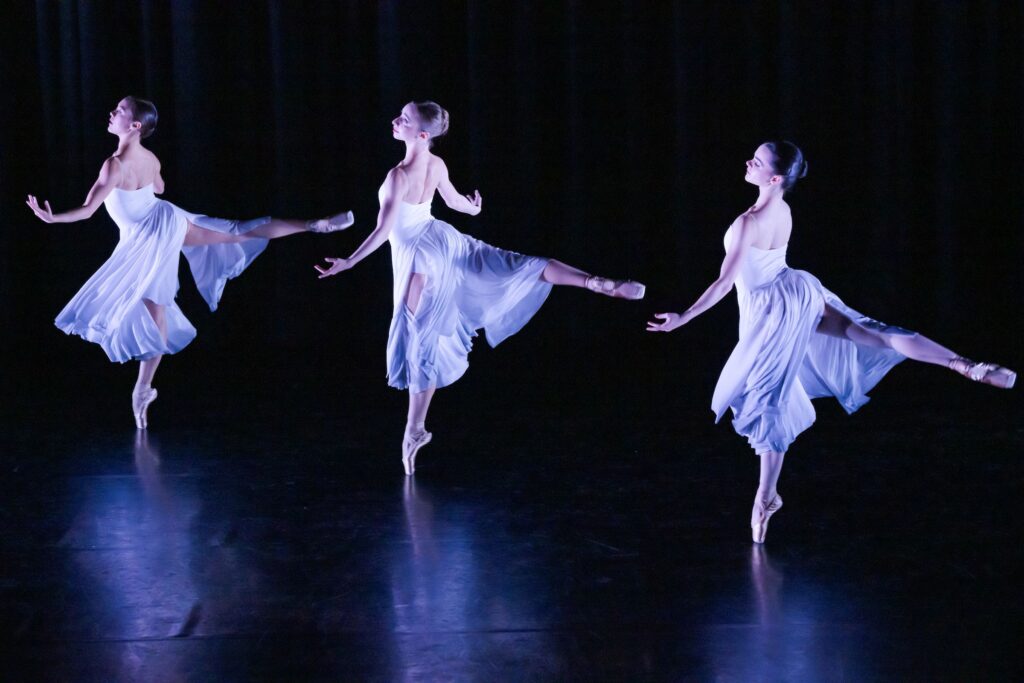 The Way Alone – Stephen Baynes
The Way Alone – Stephen Baynes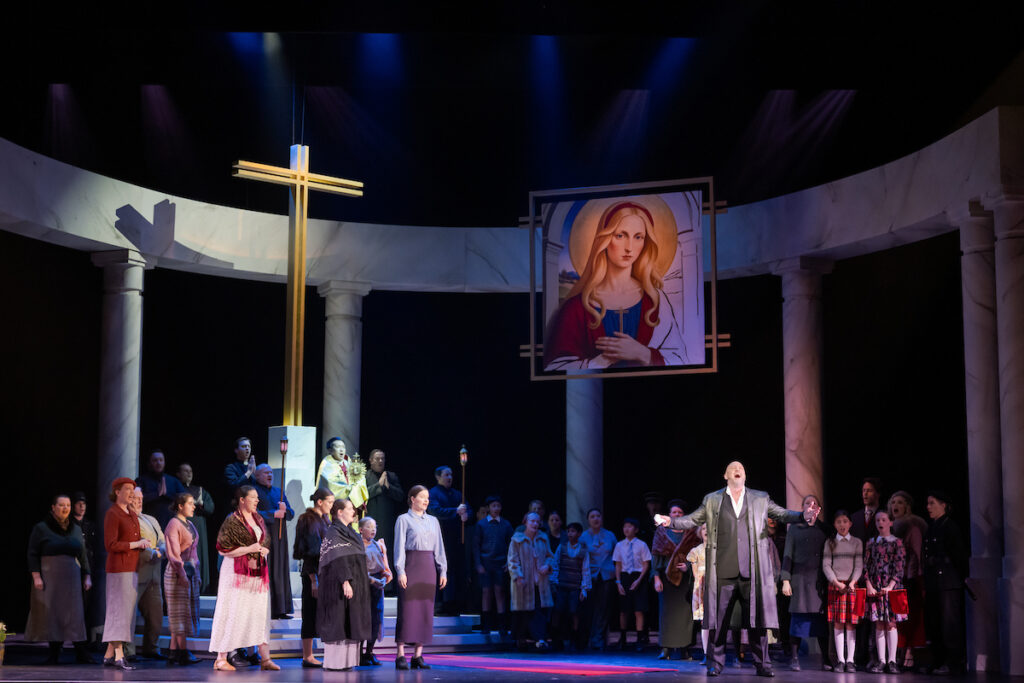
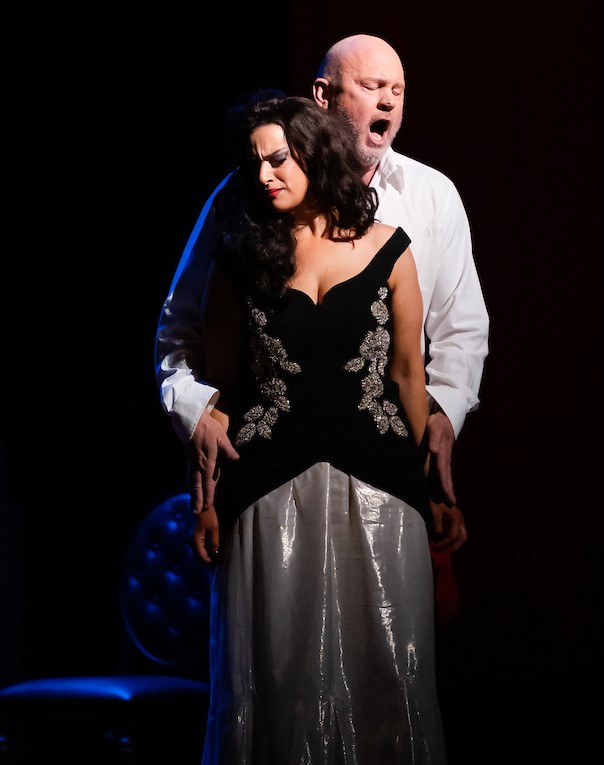
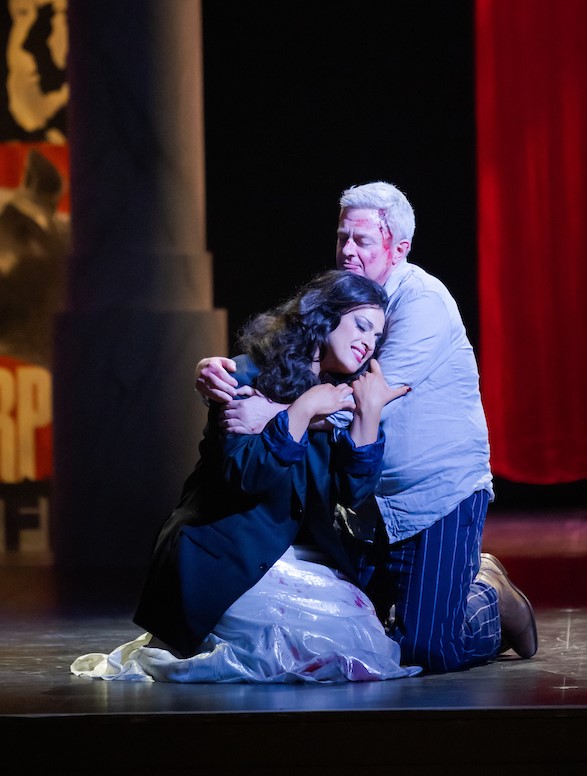
 Act One: Wade Kernot (Coach), Manase Latu (Count Ory), Moses MacKay (Raimbaud), NZ Opera Chorus – photo credit: Lewis Ferris
Act One: Wade Kernot (Coach), Manase Latu (Count Ory), Moses MacKay (Raimbaud), NZ Opera Chorus – photo credit: Lewis Ferris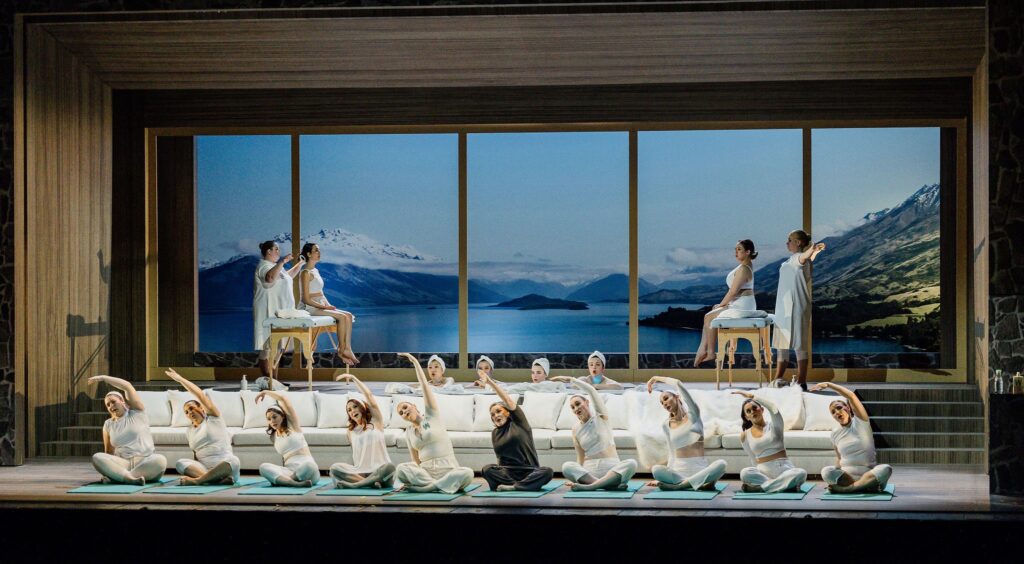 Le Comte Ory – Act Two (beginning) – NZ Opera Chorus, with Emma Pearson (Countess Adele), Tayla Alexander (Alice) and Andrea Creighton (Ragonde)
Le Comte Ory – Act Two (beginning) – NZ Opera Chorus, with Emma Pearson (Countess Adele), Tayla Alexander (Alice) and Andrea Creighton (Ragonde)